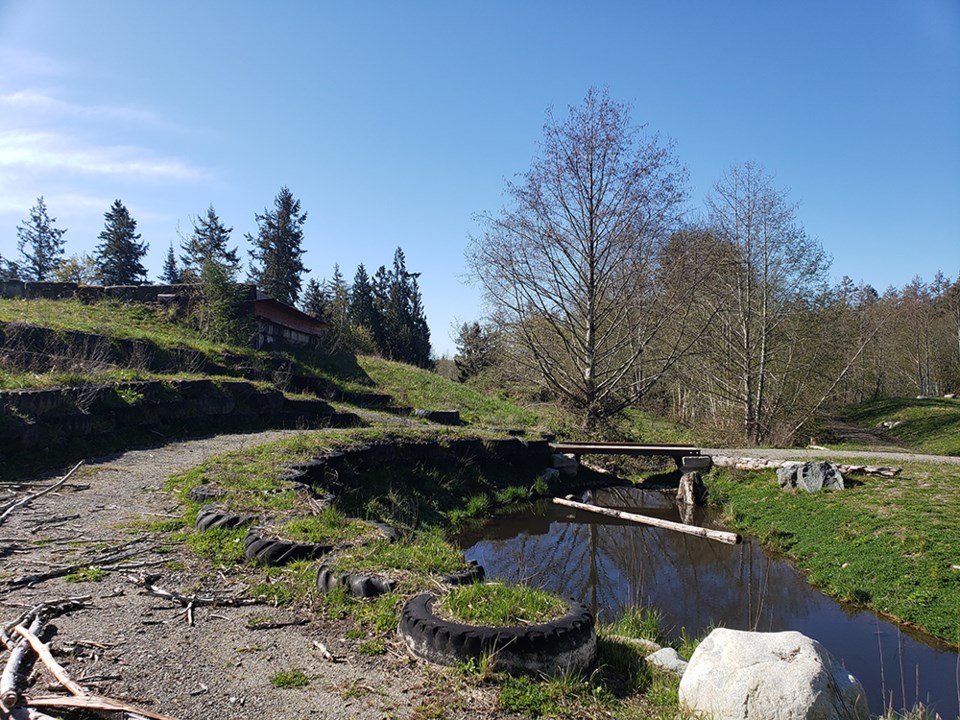Humanity’s evolution is delineated into stages, some of which mention tool use – the invention of the wheel being a classic example.
It’s hard to say whether the modern day tire lives up to its ancestor, the stone wheel. Even though it has a host of appealing attributes, like being relatively lightweight and durable, it isn’t without planetary impact. Properly managing worn out tires, like all things, is part of good earth stewardship.
Tires come in all shapes and sizes but their basic make up is the same. Only 28 per cent is natural rubber derived from plants. The rest is a mash up: 23 per cent synthetic rubber from petroleum; 26 per cent fillers like carbon black and silica; 15 per cent steel; five per cent miscellaneous chemicals; and three per cent textiles.
These resources are not in endless supply, nor are they environmentally neutral, so doing our part to extend a tire’s life is caring for the earth. Checking tire pressure once a month is a good way to reduce sluggish handling on roads as well as increased wear and tear and risk of a blowout. Rotating tires and checking alignment also extends their life.
Once tires inevitably reach the end of their road, off-rim tires can be dropped off for free (four at a time) at any of the Tire Stewardship of BC’s (TSBC) partner retailers, including most tire shops. We say free, but the truth is that drivers pay an eco-fee of approximately $5 per car tire when they purchase them new.
TSBC uses this fee to manage the transportation and processing of tires into crumb rubber, which is then sold to markets in BC, Canada and the United States.
Rather than getting recycled back into another tire, 90 per cent of tires are downcycled into athletic tracks, playground surfaces, mats and flooring for factory settings, additives for rubberized asphalt and the more dubious product of landscaping mulch. The remaining 10 per cent of tires collected in BC are used as a fuel supplement for the Lehigh Northwest Cement factory.
Returning spent tires to retailers is part of responsible stewardship. Better yet, reuse them locally. Plenty of inspiring ideas are circulating for tire swings, non-edible garden planters, retaining walls, weather-durable sculptures and outdoor chairs.
Keeping tires out of aquatic environments, however, is best as they tend to end up as plastic debris, polluting sensitive ecosystems.
There is no sense in greenwashing the truth of the matter: tires consume fossil fuels, pollute the natural environment with microplastics and chemicals as they wear on roads and shed into waterways, and they don’t get recycled back into themselves. Staying off the road all together, favouring alternatives such as ride sharing, cycling and walking, are the best ways to reduce our consumption of these hard-to-manage items.
Let’s Talk Trash is contracted by qathet Regional District to offer its waste reduction education program. For more information, email [email protected] or go to LetsTalkTrash.ca.



